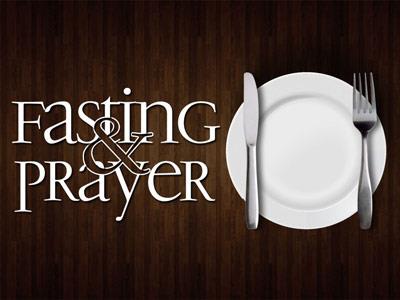-
His Conflict In Gethsemane Series
Contributed by Stephen E. Trail on Mar 13, 2017 (message contributor)
Summary: The Lord's prayers in the Garden
The Echoes of Easter Pt 2
"His Conflict in Gethsemane"
Luke 22:39 And he came out, and went, as he was wont, to the mount of Olives; and his disciples also followed him. 40 And when he was at the place, he said unto them, Pray that ye enter not into temptation. 41 And he was withdrawn from them about a stone's cast, and kneeled down, and prayed, 42 Saying, Father, if thou be willing, remove this cup from me: nevertheless not my will, but thine, be done. 43 And there appeared an angel unto him from heaven, strengthening him. 44 And being in an agony he prayed more earnestly: and his sweat was as it were great drops of blood falling down to the ground. 45 And when he rose up from prayer, and was come to his disciples, he found them sleeping for sorrow, 46 And said unto them, Why sleep ye? rise and pray, lest ye enter into temptation.
Introduction: When we finished last week's study Jesus has observed the Passover, washed the disciple's feet, instituted the Lord's Supper and then after they had sung the Hallel they moved to the next phase of our Lord's date with destiny, Matthew 26:30 And when they had sung an hymn, they went out into the mount of Olives, and that's where we begin this second part of this series entitled, "The Echoes of Easter." In this section we have the opportunity to examine the prayer life of Jesus and how He prepared Himself to do the will of His Father! Let's begin our study with:
I. The Transition to Gethsemane
a. The symbolism of His movements
John 18:1 When Jesus had spoken these words, he went forth with his disciples over the brook Cedron, where was a garden, into the which he entered, and his disciples.
After leaving the Passover observance Jesus and the 11 remaining disciples made their way to the Garden of Gethsemane, on the Mount of Olives. It bears this name for the obvious reason (olive trees) but before entering it was necessary to cross a ravine to enter the Mount and there is much symbolism attached to this crossing. Kidron is a Hebrew name for a ravine with a creek running through it on the eastern side of Jerusalem. Several writers including Josephus indicate that this creek was the place where the blood and animal remains from the Temple sacrifices would be dumped through a sewer pipe or drain of some kind. The name Kidron is translated "dark" and may refer to the color of the water related to this practice. As Jesus who is "the Lamb of God" crosses this creek where the blood and remains of thousands of lambs and we presume, many other sacrificially animals have found their final resting place, we can't help but think of the symbolism for Him. It is a dark place, crossed in the darkness leading to the darkest time of Jesus life on earth. Next, there is:
b. The seriousness of the moment
In verses 40, 46 Jesus cautions the disciples and urges them to pray. A good translation would be: "Keep on praying not to enter (ingressive aorist infinitive, not even once) into temptation." It is real "temptation" here, not just "trial." Jesus knew the power of temptation and the need of prayer. Robertson He understood better than they that this was a dangerous time for them, physically and more important, spiritually! Mark 14:38 Watch ye and pray, lest ye enter into temptation. The spirit truly is ready, but the flesh is weak. The disciples were flesh and blood and the Adversary is powerful and the danger was real. Jesus had already warned Peter that, "...Satan hath desired to have you, that he may sift you as wheat...But I have prayed for you, that thy faith fail not..." (31-32) Third, we get a glimpse into:
c. The struggles of the Master
The prayers of Jesus verbally reported in the Gospels are not many in number and are few in words; but the indications of his habit of intercession are abundant and convincing. Sermon Central Staff
What can we learn from the text? Verse 39 tells us that prayer was a regular spiritual exercise for the Lord for "...he came out, and went, as he was wont..." that ..." He withdrew Himself..." meaning that His habit was to isolate Himself and that He "...kneeled down..." and at some point, as His prayers intensified, He fell on His face, which in Eastern custom would be a sign of total and absolute submission to authority. Luke alone records the following, "Luke 22:43 And there appeared an angel unto him from heaven, strengthening him. 44 And being in an agony he prayed more earnestly: and his sweat was as it were great drops of blood falling down to the ground. The word agony appears only here in the NT and indicates the increasing intensity of the struggle. This was a contest and it would be safe to say that Satan brought all his power to bear upon the Lord seeking to defeat Jesus before He went to the Cross. Luke tells us that an angel "strengthened" Him as He prayed.

 Sermon Central
Sermon Central



